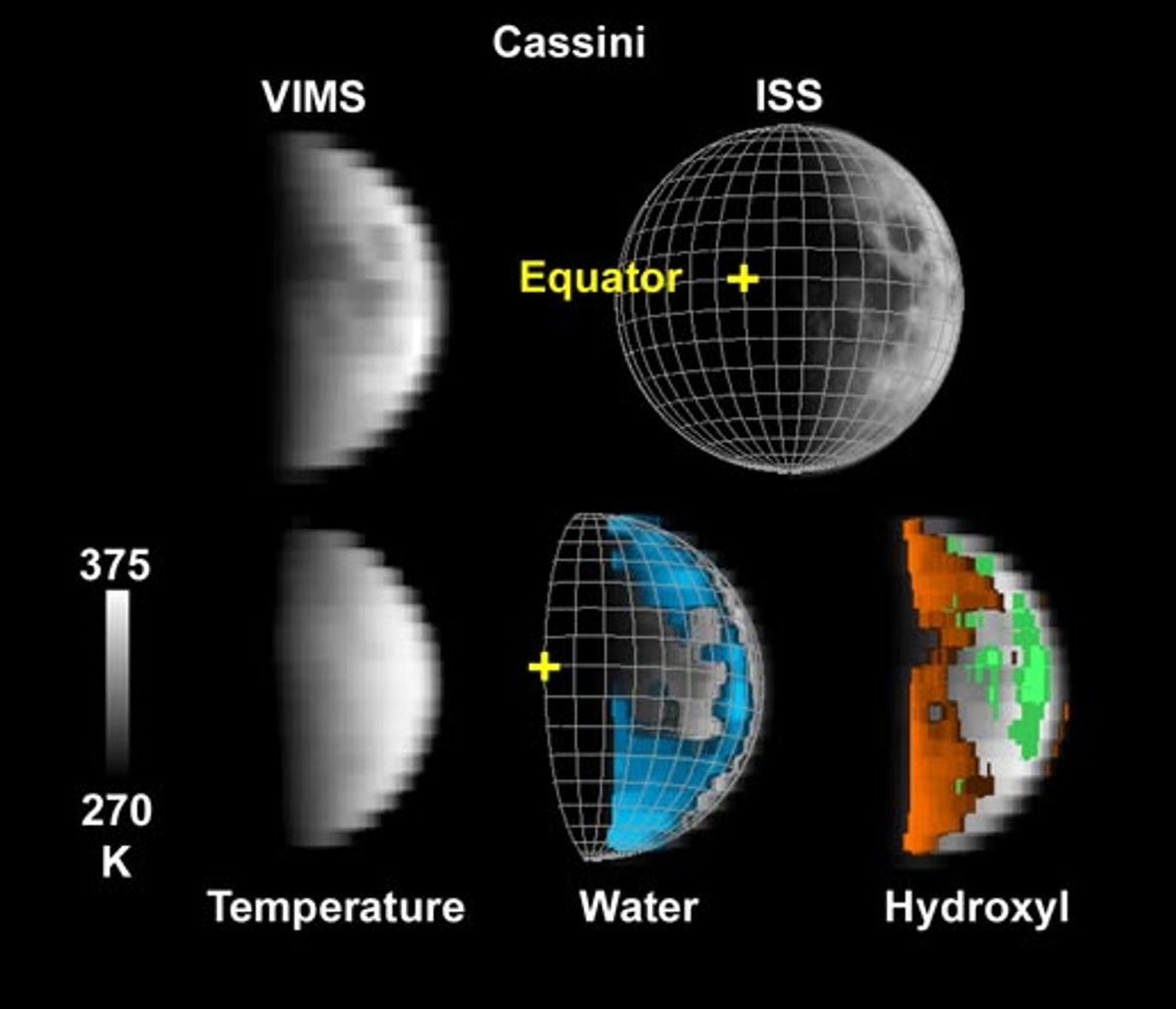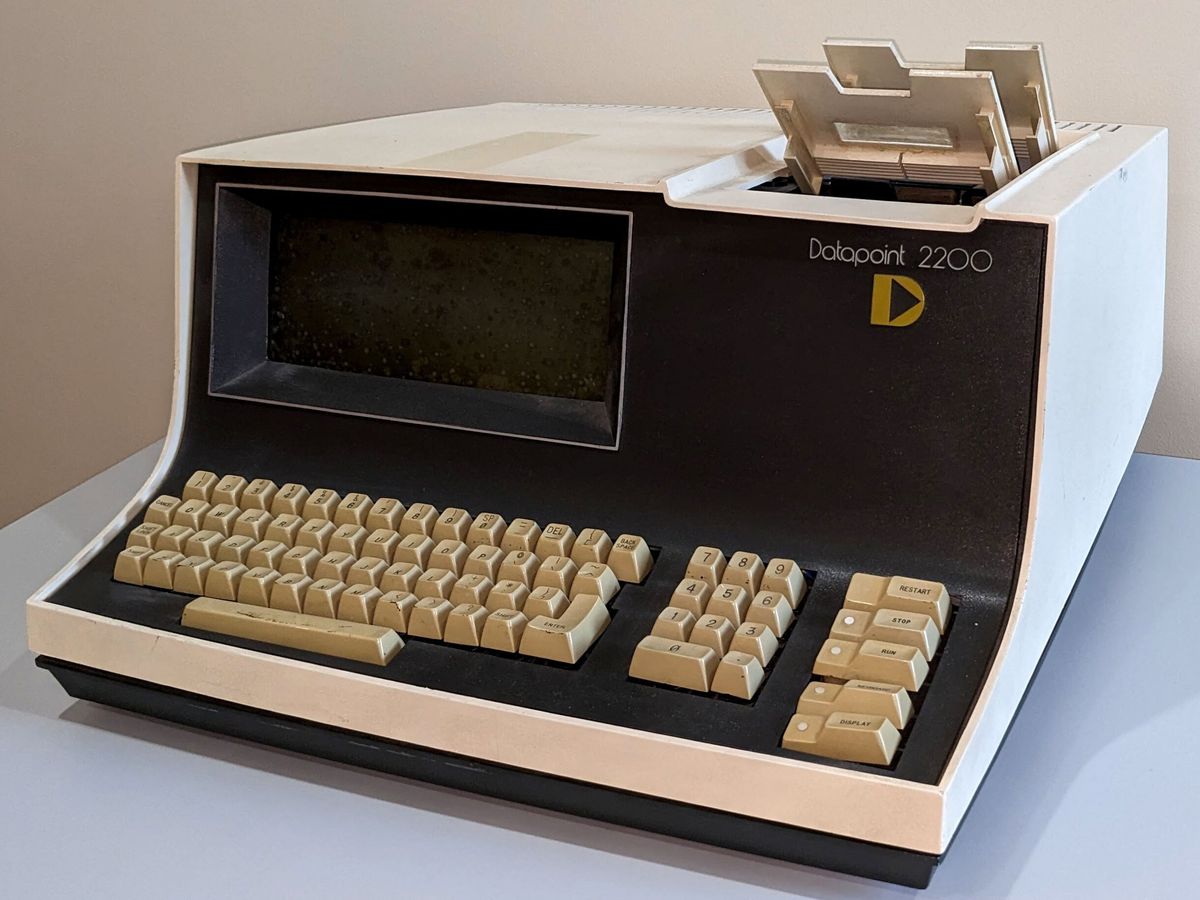Not really. While unexpected discoveries are always interesting scientifically, this one is actually bad news for space exploration. It would have been better if lunar water wasn't quite so ubiquitous.
When I previewed NASA's LCROSS mission last March, I noted that its purpose was not really in determining whether the moon had water, but in determining how the water was distributed. Even though LCROSS is still scheduled to smash into the Moon's surface in a couple weeks, it now seems likely that it will only confirm this week's findings: that there are trace amounts of water everywhere on the moon.
For human exploration, highly concentrated deposits of ice would be a much more useful distribution.
I'm now interested to see how this finding is used as political spin. Back in the Bush years, NASA's Constellation program promised a fully-functioning moon base within two decades (the program continues to move forward, but its future remains in limbo). Constellation's ultimate destination, at least in theory, was Mars. But, in practice, the moon quickly became the primary target. The agency then needed to come up with a bunch of justifications for going there, after the fact. The prospect of mining lunar water, always seemed l one of these. Regardless of the impracticality of collecting it, the water finding may energize Moon proponents. A Space.com article declared that "Water Makes Moon Suddenly a More Attractive Destination." The New Scientist similarly raised hopes:
Newly confirmed water on the moon could help sustain lunar astronauts and even propel missions to Mars, if harvesting it can be made practical.
In this summer's Mars special report, we examined whether going back to the moon before Mars is even necessary.
Top Image: NASA's Cassini spacecraft observations of the moon on Aug. 19, 1999 show water and hydroxyl at all latitudes on the surface, even areas exposed to direct sunlight. [Credit: NASA/JPL-Caltech/USGS] Middle Image: These images show a very young lunar crater on the side of the moon that faces away from Earth. [Credit: ISRO/NASA/JPL-Caltech/USGS/Brown Univ.] Bottom Image: A fresh, 6-meter-wide (20-foot-wide) crater on Mars on Oct. 18, 2008, (left) and on Jan. 14, 2009. [Credit: NASA/JPL-Caltech/University of Arizona]
Joshua J. Romero is a software developer and journalist. A former IEEE Spectrum senior editor, he holds a bachelor’s degree in astronomy and physics from the University of Arizona and a master’s in journalism from New York University.






